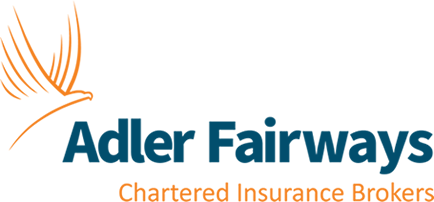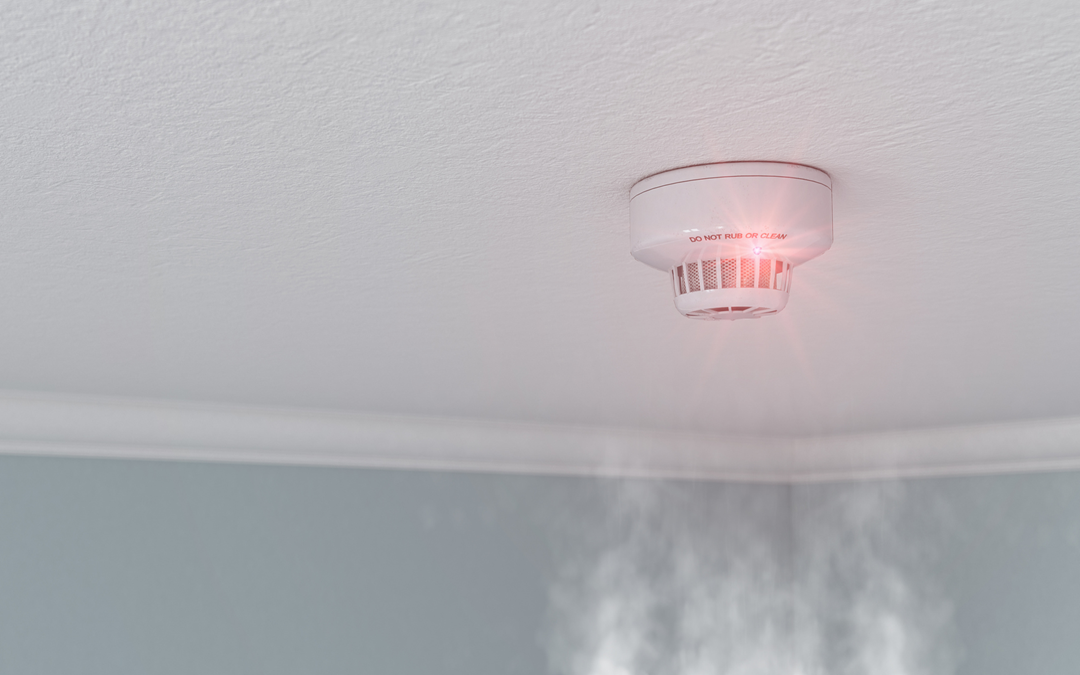According to the English Housing Survey 2023–24, 92% of households in England have at least one working smoke detector. However a smoke detector is not a fire alarm. While both are vital, knowing the difference can significantly impact your safety, regulatory compliance, and even your home insurance cover.
We spoke to Michael Cripps and Paul Mason at Total Security Installations (TSI) to find out what is required and the regulations regarding fire safety.
Whats the difference between a fire alarm and smoke detectors?
Smoke detectors
Smoke detectors are typically standalone devices that may or may not be interlinked wirelessly to other standalone devices, either battery-powered or hardwired into your home’s electrical system. They detect smoke and emit a loud sound to alert occupants and allow them to escape.
Fire alarms
In contrast, a fire alarm system is a more comprehensive system designed to detect fire and provide occupants with the earliest possible warning, to allow the maximum time to escape.
These systems will include:
- A central control panel and backup power supply.
- May link to an Alarm Receiving Centre (ARC) for automatic fire brigade response.
- Must conform to the British Standard BS EN 54.
- Are required in large homes that have four or more storeys, or homes that have one or more floors over 200 square meters.
Why it matters during renovations
If you’re extending or converting a home, it is important you meet specific regulations for fire detection and alarm systems in domestic premises. This includes alarm grades, coverage categories and installation standards.
The regulation BS 5839-6 -2019 recently came into force, and we recommend speaking to a British Approvals for Fire Equipment (BAFE) certified professional to find out what this means for you and your home, before proceeding with works.
Even if your current setup is compliant under older regulations, materially altering in the building will require the fire detection to be updated, to meet the current standard.
Common updates can include:
- Additional Mains-powered, interlinked smoke and heat alarms in key rooms like lounges, kitchens, stairways, and hallways.
- Detectors in new or reconfigured areas, especially if escape routes are longer or altered.
- Enhanced systems for open-plan homes or multi-storey extensions, especially if your adding floors over 4.5m.
“Many people do not consider updating or upgrading their fire protection when doing building works to the home. If you’re altering your property you should check to make sure you meet the requirements of BS5839-6-2019, as you could be at risk and non-compliant if you do not make the required upgrades to your fire protection”, said Paul Mason, Fire Design Manager at TSI.
“Make sure you have a design certificate for the fire protection, to make sure you have had a competent person to sign off your protection and that you are compliant, is essential. Insurers are increasingly expecting this level of diligence”.
Essential checks
- It is the responsibility of the homeowner/head of the household to make sure that those who design, install and maintain the fire alarm, are competent.
- Use certified British Approvals for Fire Equipment (BAFE) installers who are accredited by NSI or SSAIB under scheme SP203-1.
- Speak to the approved fire alarm specialist before starting any building work. Builders, electricians and architects may not always be familiar with current fire safety legislation.
- Request a Fire Design Certificate and share with your insurer.
- Ensure your fire alarm equipment is tested over the course of 12 months. For some types of alarms, it should be inspected by a qualified person at least every 6 months.
Getting it right during renovations can save costly alterations at the end of the project and importantly, it can save lives!
Remember, let your insurance provider know about the works and upgrades – some policies may require updated fire detection as part of cover terms.
Please contact us if you wish to discuss how this impacts your insurance, or seek guidance from TSI Security on what fire alarm is the most appropriate for you.

Chris Tully
Fine Art & Private Clients Director



